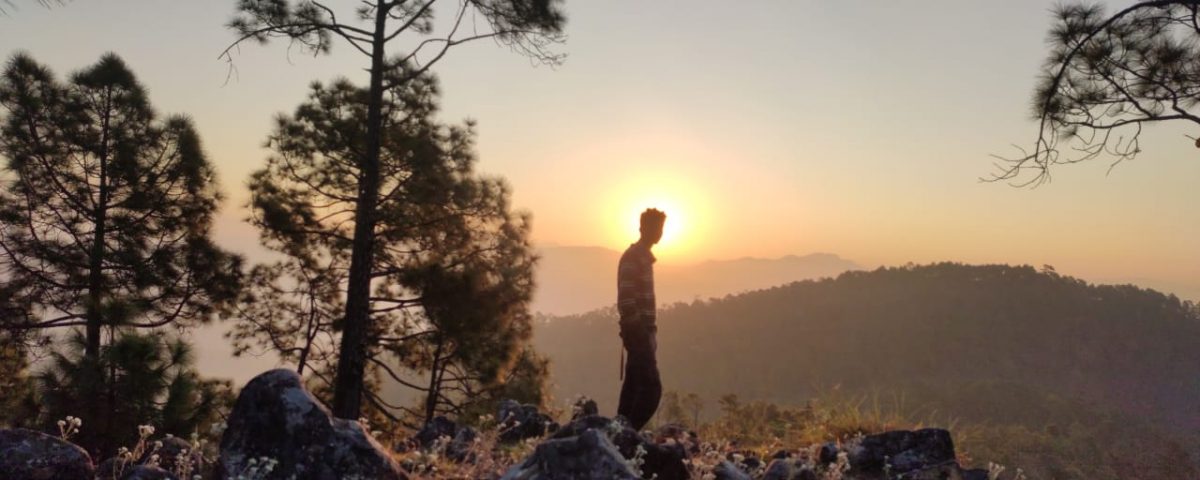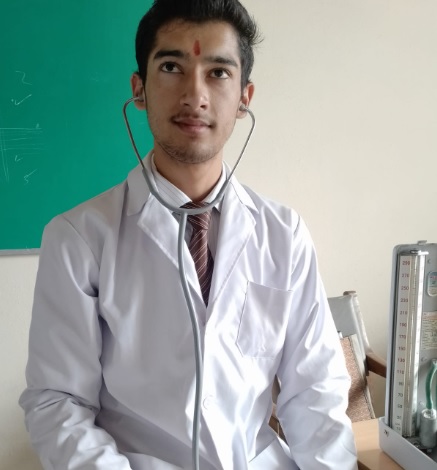
Hemlata Mehra : Teaching for a better society
April 15, 2021
Manju Karki: Creating Content and Contentment
May 20, 2021Battling the COVID-19 Second Wave – An Update from the Hills

While the rest of India is struggling hard to control and contain the pandemic’s second wave, the Himalayan hills too have seen a rise in Covid positive cases in the last one month. However, owing to the low population density and remoteness, the rate of infection and increase in cases are fortunately far lower than the national average. It’s found that this second wave is due to a highly infectious strain of the mutated Coronavirus.
Pithoragarh, the district of Uttarakhand state where HEF operates, has about 350 active cases now and there have been 53 deaths so far since the beginning of the health crisis. While the public healthcare system in the district can do rapid antigen tests in its Primary Health Centers (PHCs), the nearest RT- PCR test laboratory is located 200 kms in Haldwani. So it could take about 3 or 4 days for the results to be known after the samples are collected and sent. The district now reports 50-60 fresh positive cases every day.
Haldwani, a town in the Himalayan foothills, is where the critically ill patients are referred to for Covid specific treatment. Non-critical cases are treated in local PHCs. Most are advised to home quarantine and self isolate till they are tested negative. In the grip of the second wave, Haldwani and the state’s capital Dehradun are reporting a large number of positive cases. These towns are struggling due to a lack of adequate treatment facilities. The state health system is now overstretched with daily rises in cases (5,056 as on 27th April) and a lack of medical professionals and equipment.
Lack of basic healthcare facilities like ventilator beds and emergency medical supplies in the hills has forced the authorities to impose restrictions on travel and business activities in order to deal with the situation. All educational institutions are closed. Shops are allowed to open for a few hours in the day. No public or private transportation is permitted on the weekends except for emergency travel. Those visiting the state including tourists are required to carry Covid negative test reports along with them. Night curfews in most towns are the norm.
Government has initiated a massive vaccination campaign in January. As India’s population is large (about 1.4 billions) and due to insufficient production of vaccines, it’s being implemented in stages giving first preference to elderly and sick. From 1st May, all adults above the 18 years age will be given free vaccines. Unlike in other parts of India where the availability of vaccines is an issue for most of the population, so far there is no shortage in the hills.
Himalayan Inter College (HIC), Chaukori, after the first wave of the pandemic, opened for a few months for higher classes but in the wake of the second wave, it again has to close down it’s doors for all classes. All students up to the 11th class have been promoted to their next respective year of studies as it’s the case in the last academic year also. 12th class final examinations have been postponed indefinitely. The teachers are conducting online classes for the senior students from their home. So far all the students, staff and their families are safe and taking precautions to keep the Covid at bay.
Struggling through the unusual situation, Himalaynan Naari members are striving hard to complete the work assignments in time. They are taking care of the elder parents and the children who are forced to stay at home. Most of them returned to their native villages so that they could take care of their farms as well. It’s heartening to know they are all safe and keeping good health throughout this pandemic.
The Himalayan hill stations like Chaukori and its nearby places like Munsiari and Berinag thrive on tourism and trekking related businesses. These hill stations attract visitors from the hot plains especially in summer months due to their cool and invigorating climate. Due to travel restrictions and safety measures during the pandemic, this tourist dependent economy has been hit hard again for a second year in a row causing loss of business revenue and unemployment.
It’s estimated that this second wave of Covid pandemic in India could last at least another month or so. But it’s hard to predict when life will get back to normal. Till then all are advised to take better care of themselves and follow Covid appropriate behavior. Looking after personal and family health and keeping oneself composed is of paramount importance in these trying circumstances. It’s time for the world community to join hands, help each other to fight and defeat this pandemic together.
(With input from Prakash Karki, Mamta Takuli, Tarun Mahara, Prashant Joshi and Pradeep.)
Share on facebook
Facebook
Share on twitter
Twitter
Share on email
Email



